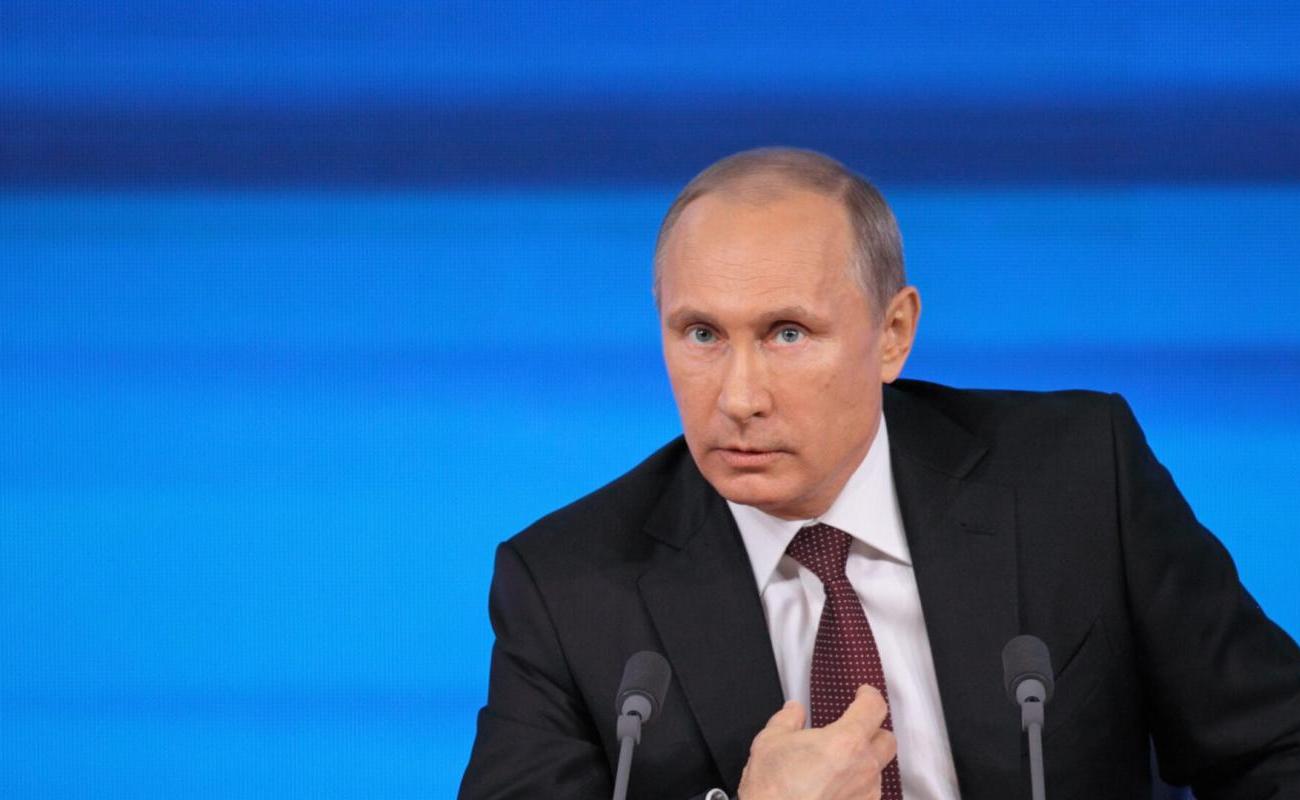Vladimir Putin has finally run out of time

Donald Trump’s new deadline for a ceasefire has blown up Kremlin’s entire Ukraine strategy
President Donald Trump has issued a new ultimatum to Russia. After expressing doubts about Vladimir Putin’s willingness to achieve a ceasefire in Ukraine, Trump announced that he would cut his 50-day time deadline to just 10 to 12 days. If Russia does not pivot towards peace, punitive secondary tariffs and sanctions could take effect.
A bold move, but is Putin likely to accede to Trump’s demands? Russia’s most recent conduct suggests no. On Saturday, it declared that it had occupied two villages in the central Ukrainian region of Dnipropetrovsk. Hours before Trump’s statement, Russia launched a drone and missile barrage against Ukraine that forced Poland to scramble fighter jets over its airspace.
Russian official rhetoric has been equally bellicose. In response to Trump’s statement, former president Dmitry Medvedev warned that the US was taking a step towards war with Russia. Russian Foreign Minister Sergey Lavrov has declared that “Russia is fighting alone against the entire West”. No new peace negotiations with Ukraine have been scheduled and the most recent talks in Istanbul lasted less than an hour.
But Putin’s determination to call Trump’s bluff is a dangerous miscalculation. He appears to have predicted that Trump would withdraw military support for Ukraine upon taking office and hand Russia a blank cheque for further aggression, but these assumptions were mistaken. Trump has now earmarked Russia as the sole obstruction to peace in Ukraine and is devising a robust deterrence policy.
Much like his predecessor Joe Biden, Trump has supported the provision of American military equipment to Ukraine. The key distinction is that these arms will be purchased by America’s Nato allies. Due to reforms to its debt brake spending cap, Germany is slated to purchase billions of dollars of US-made weapons for Ukraine. Norway has doubled its aid pledge to Ukraine and has promised a Patriot air defence system to Kyiv. Nato Secretary General Mark Rutte says that Denmark, Sweden, Finland, Britain, the Netherlands and Canada are also willing to purchase US-made weapons for Ukraine.
Trump has paired this policy with fervent support for Europe’s own rearmament. During his press conference at last month’s Nato summit in The Hague, Trump hailed the alliance’s decision to increase its defence spending target to 5 per cent of GDP as a “big win” for Western civilisation. Trump’s new trade deal with the European Union (EU) commits the bloc to buying billions of dollars in new military equipment.
Once again, Russian aggression aimed at thwarting Nato has unintentionally resulted in the alliance’s strengthening. Russia’s 2014 annexation of Crimea triggered a sustained military build-up on Nato’s eastern flank and the 2022 invasion of Ukraine encouraged neutral Finland and Sweden to join the alliance. Trump’s rhetoric and actions are taking this trend to new heights.
The intensification of US economic pressure on Russia would also have severe adverse consequences for Putin’s war machine. While the EU has taken action against Russia’s shadow oil tanker fleet and Chinese banks that enable the war effort, these sanctions have lagged Russia’s efforts to get around them.
If the US imposes sweeping secondary tariffs on all customers of Russia’s energy industry and closes sectoral sanction loopholes, the macroeconomic shock is likely to be potent. Even though the Russian central bank recently slashed interest rates from 20 to 18 per cent, it warned that “pro-inflationary risks prevail over disinflationary ones in the mid-term time horizon”. While Russia’s unemployment rate is officially reported to stand at a record-low 2.4 per cent, conscription-induced labour market shortages abound, and wage growth continues to lag trends from 2024.
These indicators suggest that an economic downturn in Russia is imminent. At the June 2025 St Petersburg Economic Forum, Russian Minister of Economic Development Maxim Reshetnikov warned that “we’re basically already on the brink of falling into a recession”. New tariffs and sanctions increase the likelihood of Reshetnikov’s doomsday predictions coming true and are likely to sharpen discord between Russia’s main organs of economic policy decision-making.
